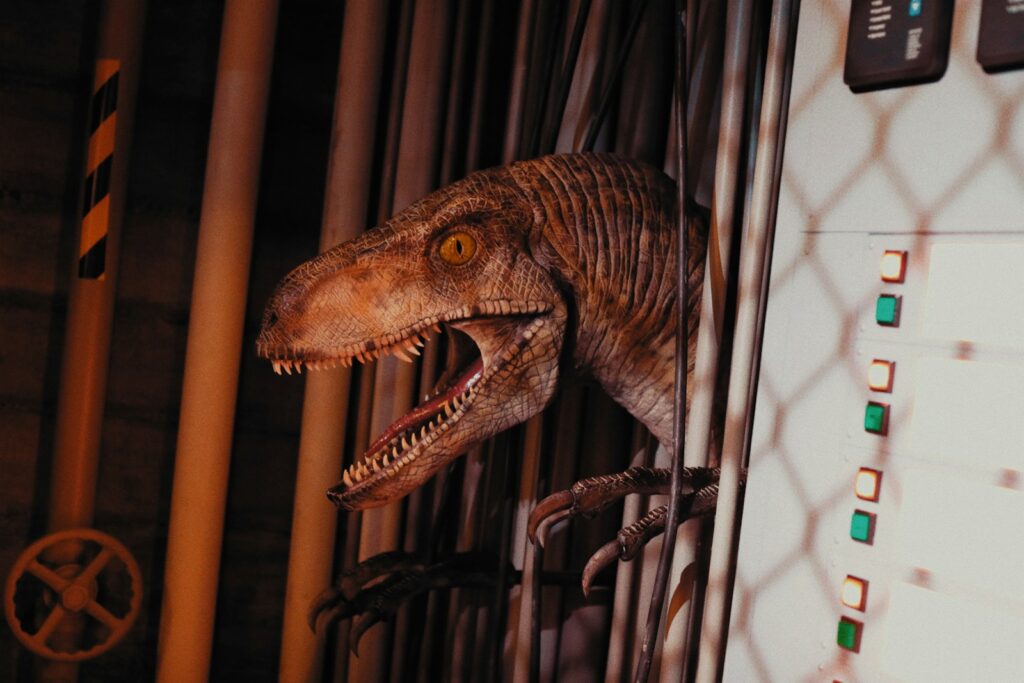The notion of dinosaurs venturing beyond Earth’s atmosphere might initially sound like the premise of a science fiction movie rather than a serious scientific inquiry. Yet, if we pause to consider the evolutionary trajectory of Earth’s most magnificent terrestrial rulers, the question becomes more intriguing than absurd. Had the catastrophic asteroid impact not occurred 66 million years ago, would the descendants of dinosaurs have eventually developed the intelligence and technological capabilities to explore space? This article explores this fascinating counterfactual scenario, examining the biological, evolutionary, and technological factors that would have influenced dinosaurs’ potential journey to the stars.
The Evolutionary Potential of Dinosaurs

Dinosaurs ruled Earth for approximately 165 million years, a reign far longer than humans’ mere 300,000 years of existence. During this extensive period, they exhibited remarkable evolutionary adaptability, diversifying into countless species that occupied virtually every ecological niche available. Some lineages, particularly among the theropods (which include Tyrannosaurus rex and Velociraptor), showed trends toward increasing brain size relative to body mass. The most advanced among these, such as Troodon, possessed brain-to-body ratios comparable to some modern birds, suggesting cognitive capabilities beyond what we typically associate with reptiles. This evolutionary trajectory hints at the possibility that, given enough time without extinction, certain dinosaur lineages might have continued developing greater intelligence, potentially setting the stage for advanced cognition millions of years later.
Avian Dinosaurs: The Survivors

It’s crucial to remember that dinosaurs didn’t completely disappear—birds are, taxonomically speaking, avian dinosaurs that survived the mass extinction event. This surviving lineage has demonstrated remarkable cognitive abilities, with certain species like corvids (ravens and crows) and parrots displaying problem-solving skills, tool use, and even rudimentary language comprehension. New Caledonian crows fashion tools with specific shapes for different tasks, while African grey parrots can understand numerical concepts and communicate using hundreds of words. These cognitive capabilities in modern avian dinosaurs suggest that the potential for advanced intelligence existed within dinosaur lineages, reinforcing the possibility that non-avian dinosaurs might have followed similar cognitive evolutionary paths had they survived.
The Intelligence Barrier

For dinosaurs to have developed spacefaring technology, they would have needed to evolve human-level intelligence at minimum. The evolution of higher intelligence isn’t inevitable but depends on specific evolutionary pressures that favor cognitive problem-solving. In humans, a combination of factors including social complexity, environmental challenges, and the advantages of cooperative behavior created selection pressures for larger brains. Whether similar pressures would have emerged for dinosaurs remains speculative. Some paleontologists argue that certain theropod lineages were already showing signs of increased encephalization quotients (brain-to-body size ratios) before the extinction event. Troodon, often cited as among the most intelligent dinosaurs, had a brain size comparable to modern birds relative to its body size, suggesting cognitive potential that might have continued to develop under the right conditions.
Physical Limitations for Technology Development
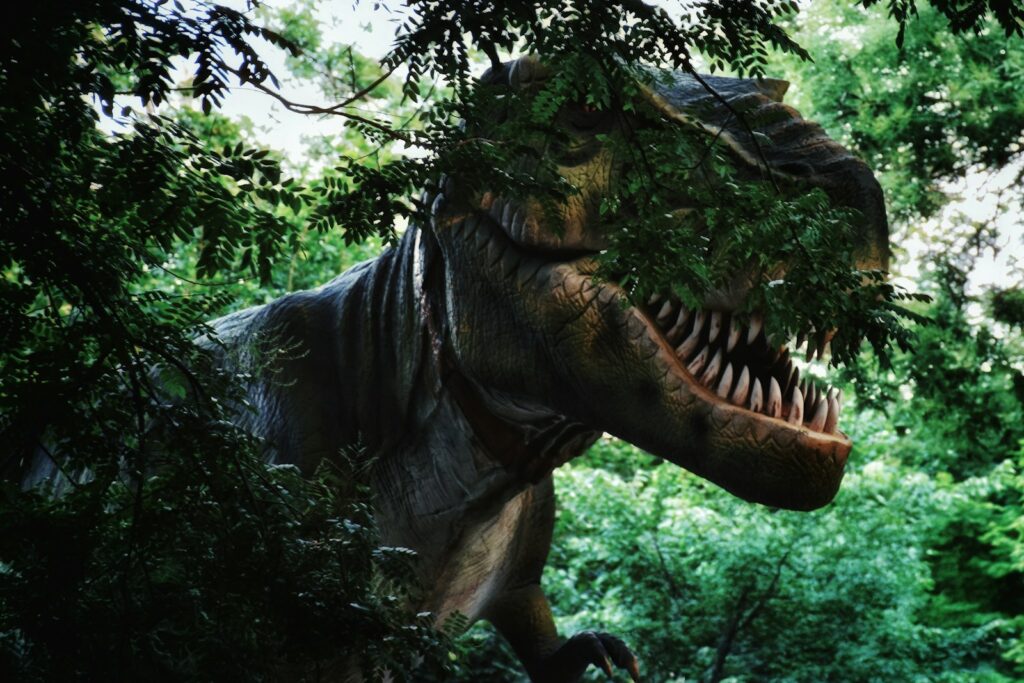
Beyond intelligence, the physical anatomy of dinosaurs presents another crucial consideration for technological development. The manipulation of objects and creation of tools requires appendages capable of fine motor control. Most dinosaurs possessed limbs adapted for locomotion rather than manipulation, with even the dexterous hands of theropods primarily evolved for hunting. The development of precise manipulative abilities, comparable to human hands, would have required significant evolutionary modifications. However, evolution often finds unexpected pathways—we need look no further than the octopus, which developed remarkable manipulation abilities through a completely different anatomical structure than primates. It’s conceivable that over millions of years, certain dinosaur lineages might have evolved specialized appendages capable of the fine manipulation necessary for creating and using complex tools.
Alternative Technological Pathways

When considering dinosaur technology, we must avoid the trap of anthropocentrism—assuming that technological development would necessarily follow the same path as human technology. Different physical and cognitive adaptations might have led to entirely different technological solutions. For instance, rather than mechanical technology, dinosaurs with different sensory abilities might have developed biological technologies, perhaps cultivating and genetically selecting organisms for specific purposes. They might have developed chemical technologies based on secretions or biological compounds rather than metallurgy. Or, like social insects today, they might have created complex structures through collaborative behaviors rather than individual craftsmanship. The path to space might have looked dramatically different from our rockets and spacecraft, perhaps involving biological enhancements or symbiotic relationships with other organisms.
The Time Factor
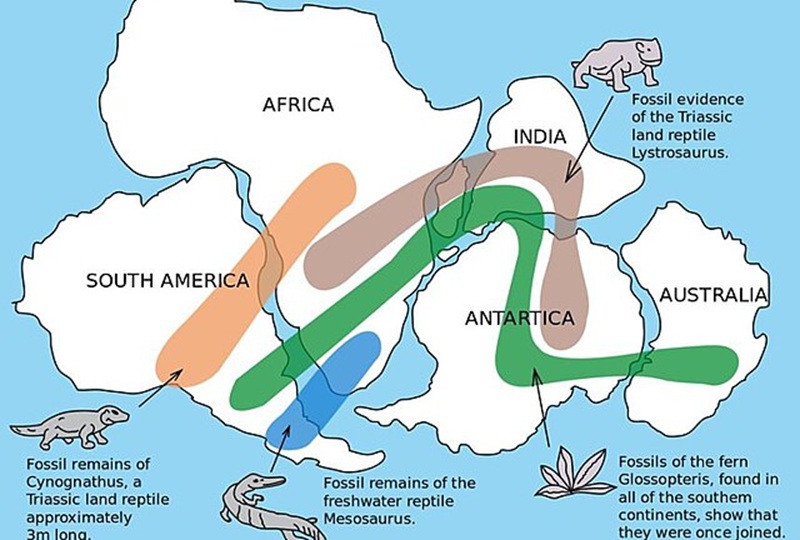
Time represents perhaps the most favorable factor in this thought experiment. The asteroid impact occurred 66 million years ago, and humans have only been developing technology for roughly 10,000 years, with spaceflight emerging in just the last century. This leaves an enormous temporal window of 66 million years during which dinosaur evolution and potential technological development could have occurred. For context, the transition from early primates to modern humans took approximately 65 million years. Even if dinosaur intelligence evolved at a significantly slower rate than primate intelligence, the sheer magnitude of time available provides ample opportunity for remarkable cognitive and technological advancement. Within such a vast timeframe, even slow, incremental changes could accumulate to produce dramatic evolutionary innovations.
Sociality as a Prerequisite
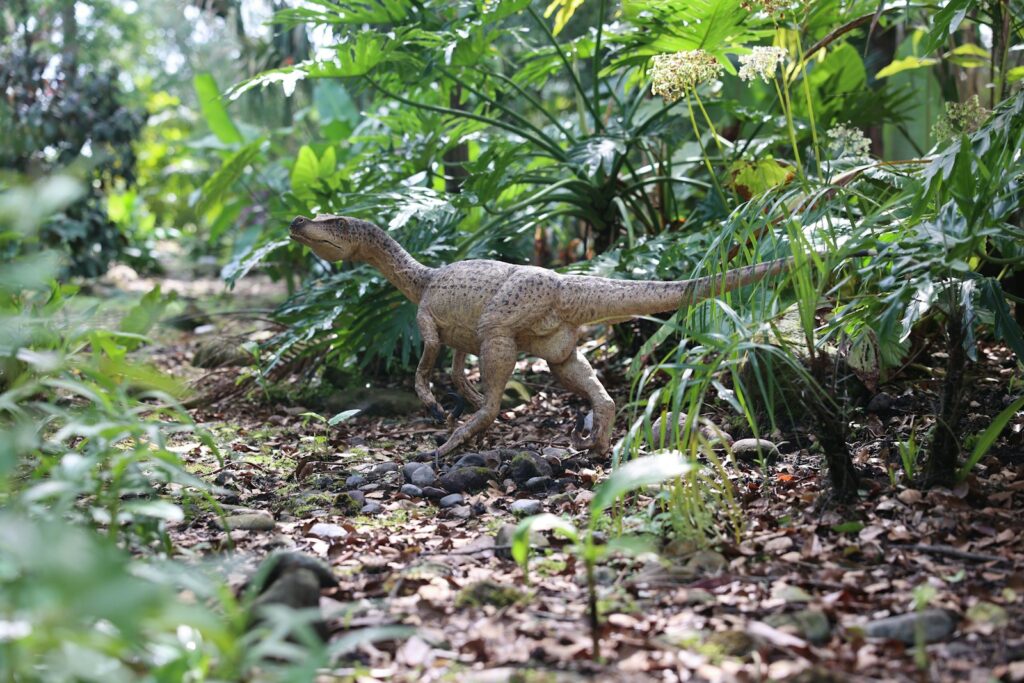
Complex technology development typically requires social structures that allow knowledge accumulation and transmission across generations. Evidence suggests that many dinosaur species exhibited social behaviors, from nesting colonies of Maiasaura to pack hunting in dromaeosaurs like Deinonychus. These social structures provide the foundation upon which cultural knowledge transmission could have developed. Furthermore, many modern birds display sophisticated social learning, suggesting this capability existed within the dinosaur lineage. The colonial nesting behavior seen in many dinosaur species indicates they already possessed some of the social framework necessary for collaborative problem-solving and information sharing. Over millions of years, these social tendencies might have evolved into more complex societal structures capable of supporting technological advancement.
Environmental Pressures and Technological Innovation

Technological innovation often emerges in response to environmental challenges. Earth has experienced numerous climatic shifts over its history, including periods of global cooling and warming. Such environmental changes create selection pressures that can drive evolutionary and behavioral adaptations. If dinosaurs had survived the K-Pg extinction event, they would have faced the cooling climate of the Cenozoic era, potentially driving the development of technologies to maintain body temperature or secure resources. The ice ages of the Pleistocene might have spurred migration technologies or methods for food preservation. As with humans, necessity might have become the mother of invention, with each environmental challenge potentially accelerating the development of new technological solutions that could, eventually, build toward the complex technologies required for spaceflight.
The Energy Hurdle
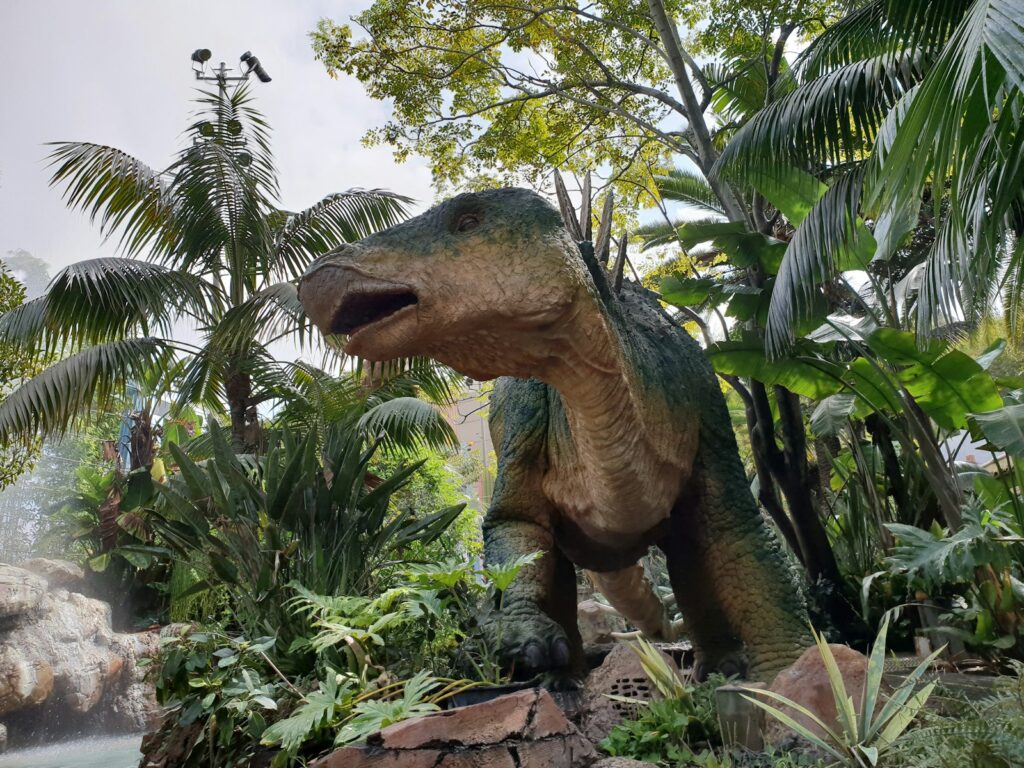
Spaceflight requires mastery of high-energy physics and access to concentrated energy sources. For humans, this came through understanding of combustion, electricity, and eventually nuclear energy. Dinosaurs would have needed to overcome similar energy hurdles to achieve spaceflight capability. This would have necessitated not only understanding abstract physical concepts but also developing methods to harness and control powerful energy sources. The path from simple tool use to energy manipulation represents a significant leap in technological development. However, given sufficient time and cognitive evolution, dinosaurs might have discovered and utilized Earth’s energy resources differently than humans did. Perhaps they might have developed biological methods of energy concentration or storage, or discovered electrochemical processes before mechanical ones, opening alternative pathways to achieving the energy requirements for escaping Earth’s gravity.
Theoretical Dinosaur Astronauts
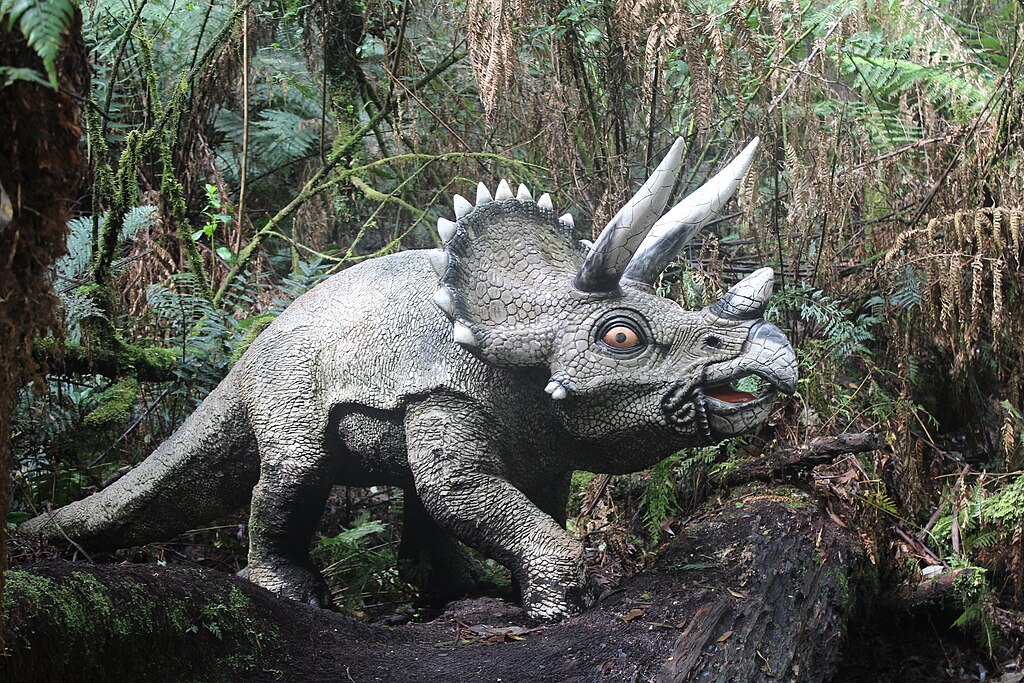
If we indulge this thought experiment further, what might dinosaur astronauts have looked like? They would likely have been descendants of smaller, more metabolically efficient theropods rather than massive sauropods, as space travel favors smaller, resource-efficient organisms. They might have retained their warm-bloodedness, an adaptation already present in many dinosaur lineages that would have been advantageous for space travel. Their spacecraft might have been designed to accommodate their different anatomical needs—perhaps incorporating tail spaces, different atmospheric compositions, or unique control interfaces adapted to their physical capabilities. Rather than the humanoid astronauts depicted in science fiction, dinosaur space explorers might have been unrecognizable to us, both in form and in their technological approach to the challenges of space travel.
Astronomical Motivation
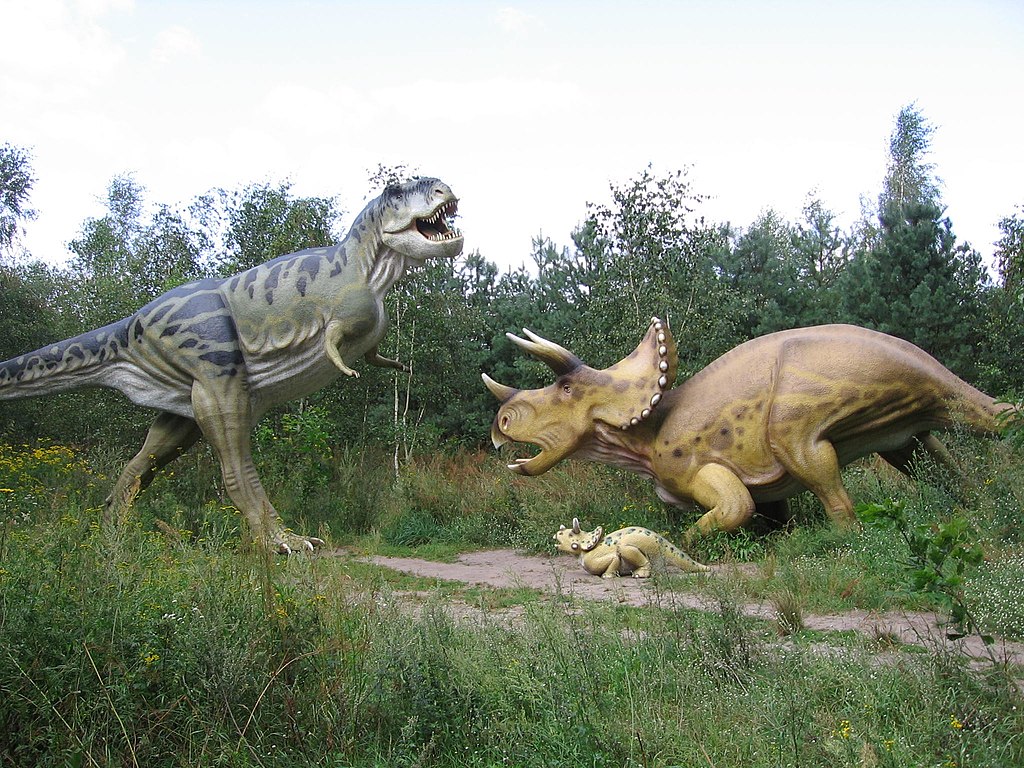
For any species to venture into space, they need motivation beyond mere technological capability. For humans, this has included scientific curiosity, geopolitical competition, resource acquisition, and an innate drive to explore. Would dinosaurs have developed similar motivations? This depends largely on the cognitive and cultural evolution they might have undergone. If they had evolved complex language and abstract thinking, they might have developed curiosity about celestial objects and their nature. Environmental pressures or resource limitations might have driven them to look beyond Earth for solutions. Perhaps they would have developed spiritual or philosophical frameworks that prompted exploration of the cosmos. While we cannot know for certain what would have motivated dinosaur astronomers, the universal challenges of survival and the observable nature of celestial objects suggest that interest in the stars might emerge in any sufficiently advanced species.
The Multi-Species Question

Unlike humans, who evolved as a single dominant intelligent species, dinosaurs comprised numerous diverse lineages coexisting across the planet. This raises the intriguing possibility that multiple dinosaur species might have evolved intelligence simultaneously, creating a multi-species technological civilization unlike anything in human experience. Different dinosaur lineages might have specialized in different technological domains based on their physical and cognitive adaptations. Perhaps ceratopsians might have excelled at one type of technology while dromaeosaurs developed others, eventually combining their knowledge through inter-species communication or competition. This scenario might have accelerated technological development through diversity of approach and competition, or alternatively, might have resulted in conflict that hindered progress. Either way, a multi-species technological dinosaur civilization would have followed a dramatically different path to space than humanity’s single-species approach.
Lessons from Parallel Evolution

While speculative, this thought experiment about dinosaur space travel offers valuable insights about evolutionary contingency and technological development. It reminds us that intelligence and technology aren’t inevitable outcomes of evolution but arise from specific circumstances and selective pressures. The question isn’t just whether dinosaurs could have gone to space, but what this possibility reveals about our own evolutionary and technological history. Perhaps the most profound insight is how contingent our own existence is on historical events like the K-Pg extinction. Had that asteroid missed Earth or struck elsewhere, mammals might never have had the opportunity to dominate, and human intelligence might never have evolved. Our technology, our science, and our spacefaring capabilities exist because of a cosmic accident that eliminated the dinosaurs’ chance at achieving the same.
The Ultimate Counterfactual
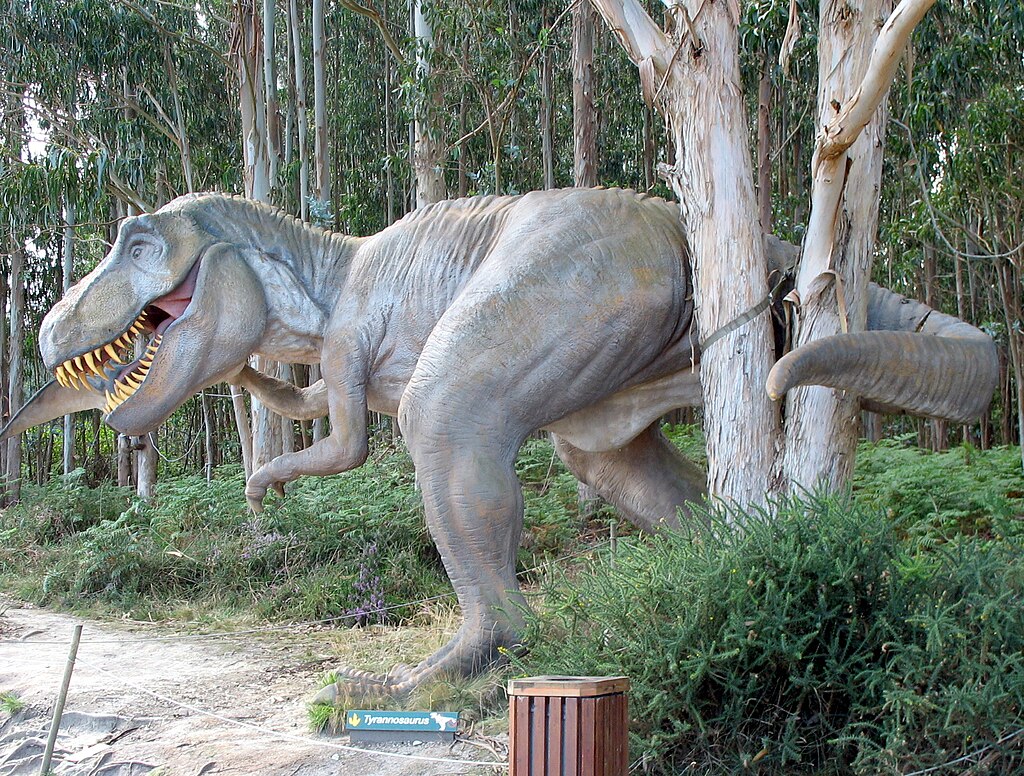
The question of dinosaur space travel represents the ultimate evolutionary counterfactual—a thought experiment that cannot be definitively answered but which illuminates our understanding of evolution, intelligence, and technological development. While the odds may have been against dinosaurs developing spaceflight capabilities, given enough time and the right evolutionary pressures, it remains within the realm of possibility. The surviving avian dinosaurs—birds—demonstrate the cognitive potential that existed within the dinosaur lineage. Perhaps in some parallel universe where the Chicxulub impactor missed Earth, descendants of Troodon or similar dinosaurs are indeed exploring their solar system, their spaceships and technology unimaginably different from our own. This possibility, however remote, reminds us of the remarkable diversity of paths that evolution and technological development might take, given sufficient time and opportunity.
Conclusion
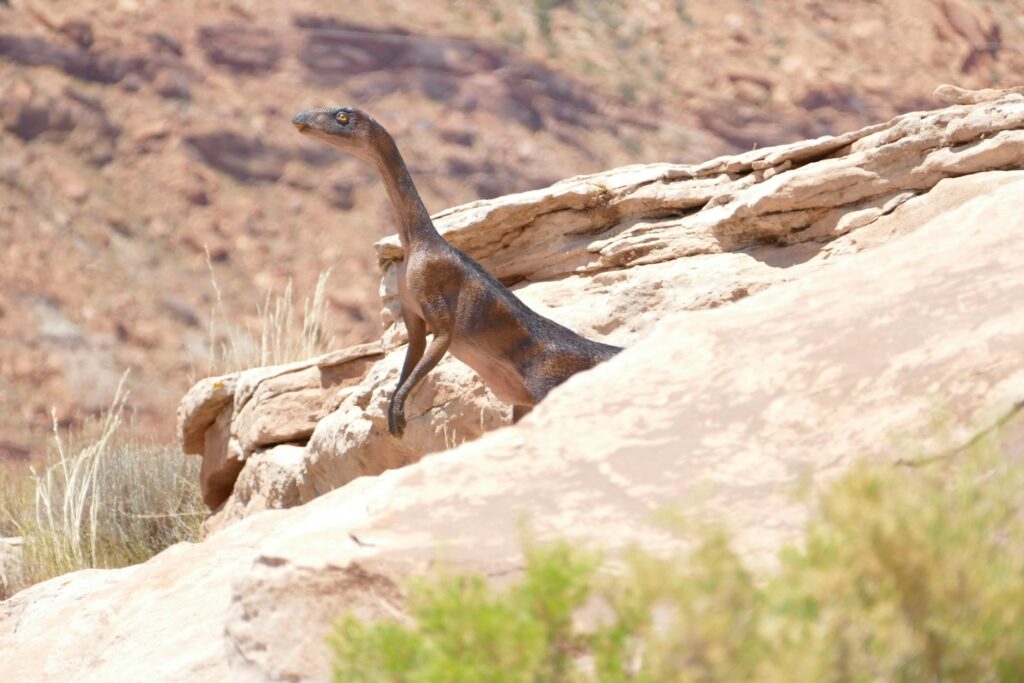
The story of dinosaurs’ potential journey to space will forever remain speculative, a tantalizing “what if” in the history of life on Earth. Yet in considering this possibility, we gain a deeper appreciation for the contingent nature of our own evolutionary history and technological achievements. Whether dinosaurs could have gone to space ultimately matters less than what the question teaches us about evolution’s boundless possibilities and the extraordinary journey that led to our own species gazing up at the stars, wondering if we are alone in our cosmic curiosity.

